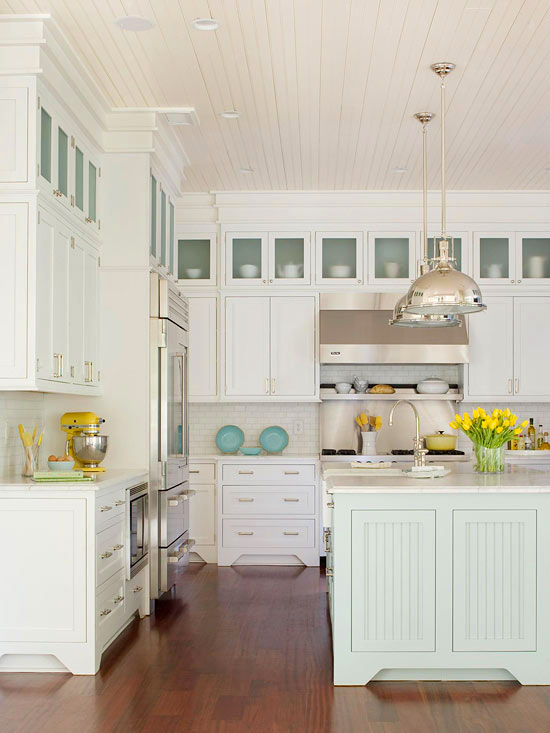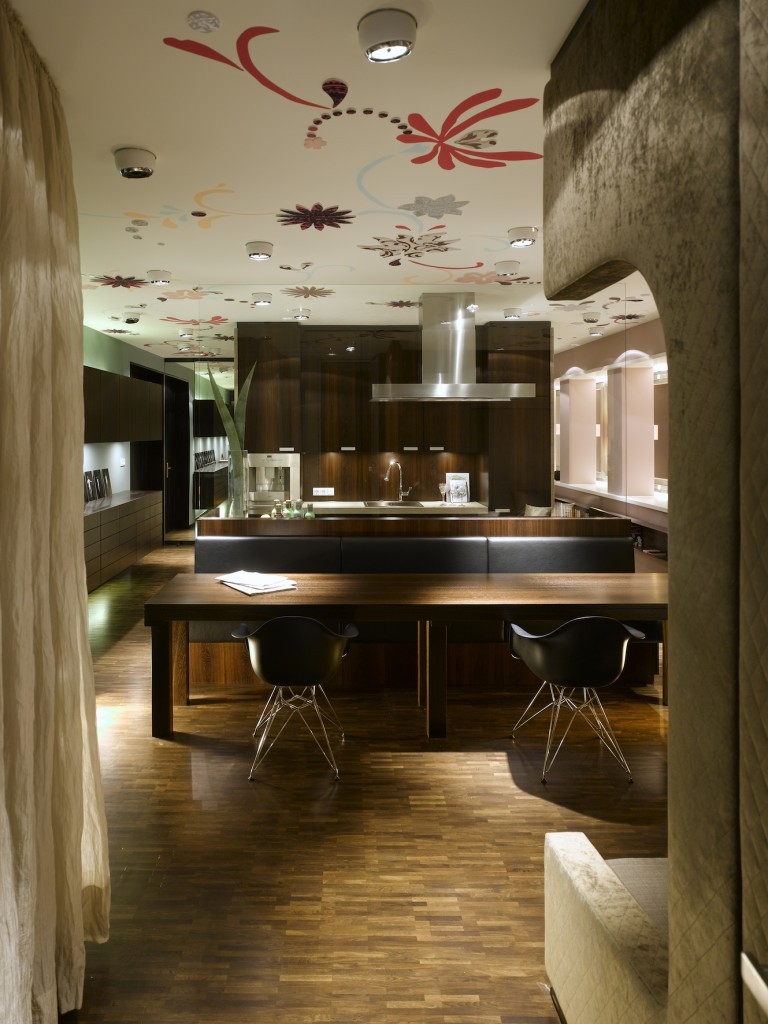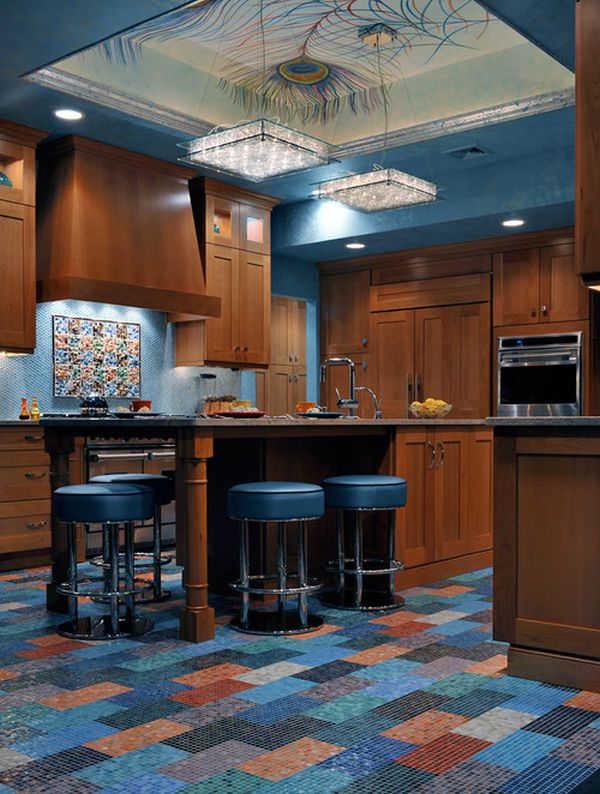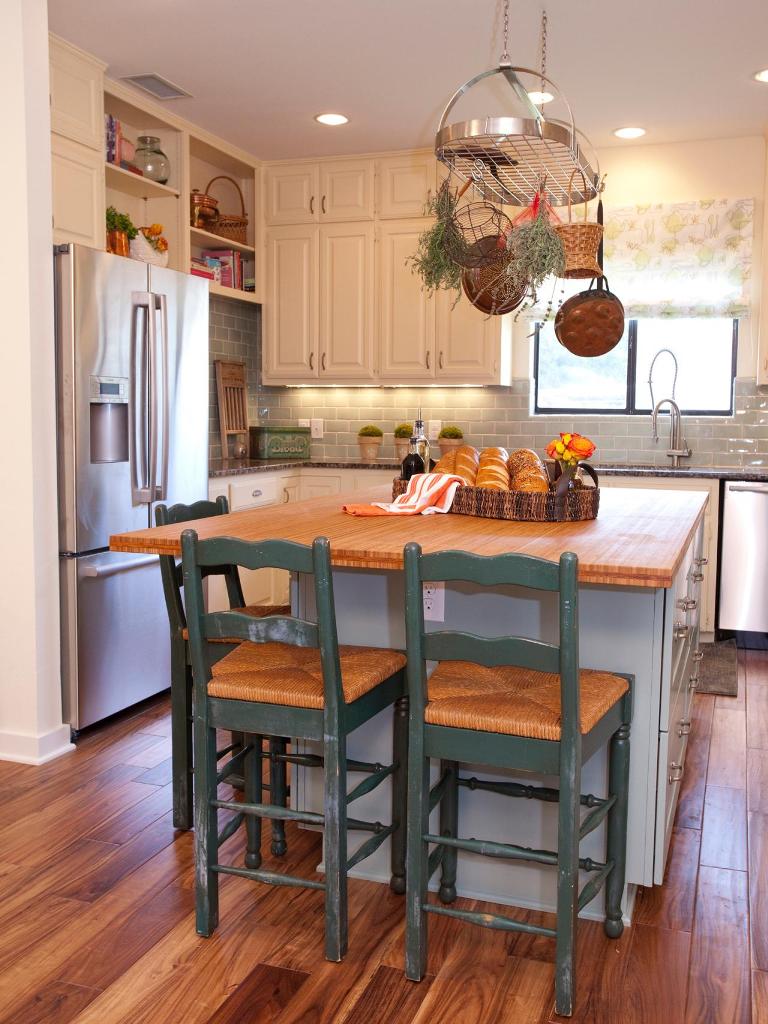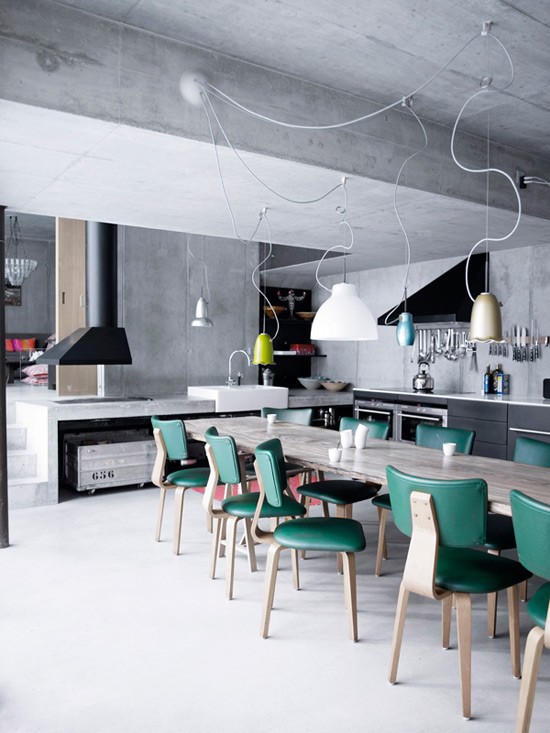Learn how to plan the lighting for each room in the home, with functionality and aesthetics in mind.
Lighting is one of the most important elements when building a house. Whether natural or artificial, light needs to recognize the needs of the environment, taking on a practical and decorative role.
The importance of lighting in the project
Good lighting is one that enhances the architecture of the house and the decorative elements. In addition, it has the duty to stimulate sensations in residents, as an invitation to relaxation or greater visibility to develop tasks.
To prepare a good lighting project, it is essential to have the opinion of a specialized professional. He is able to analyze the space and indicate the most appropriate luminaires, as well as the necessary number of lamps to light each room.
Many people make the mistake of placing several points of light in the room, without considering the daily lives of the residents and their habits. A smart choice not only favours the well-being and functionality of each room but also helps to save on the electricity bill.
To avoid any kind of unnecessary expense, the lighting project should be designed at the beginning of construction. Once the dimension of each room is defined, this subject should be addressed in the conversation with the architect.
The way the light is worked inside a house must meet the needs and desires of the client. Feelings are taken seriously, but there are still some basic recommendations that need to be followed for the well-being of everyone in the home.
Ideal lighting for every room in the house
Check out the proper lighting for each place in the house:
Living room

The living room must have a general light, that is, capable of illuminating the entire environment evenly. It’s also worth optimizing the windows to take advantage of natural light during the day. To highlight certain objects in the decoration, it is worth working with light through recessed spots.
Indirect lighting works well in the living room, with the use of floor lamps and lamps on the end tables. New lighting technologies are benefiting the room, such as the automation system or dimmer (which controls the intensity of light in the room).
Room

The bedroom is a space of rest and tranquillity. When mounting it, it is important to bet on a good ceiling light, preferably with a pleasant diffusion. The “yellowish” lighting helps make the environment even cosier.
There is the possibility of enhancing the lighting at strategic points in the room, such as the workbench under the built-in cabinet. Placing lamps on nightstands is also a powerful strategy to lighten the room without interfering with comfort.
Dining room

The lighting in the dining room can be due to an elegant chandelier, installed in the centre of the room’s ceiling. This way, the entire space will receive light, especially the table.
In the case of a long, rectangular dining table, residents can install auxiliary light points on the sides to complement the performance of the chandelier.
WC

The bathroom needs to be well lit, so it’s worth betting on a cool white lamp. It is also possible to work with a focal point of light on the sink countertop.
Home theatre

Working with indirect light is most recommended for this type of environment. The resident can also use a spotlight to highlight the TV area.
Kitchen

The most appropriate lighting for the kitchen is white fluorescent, as it maximizes the visibility of the space. This type of light is also interesting because it produces fewer shadow effects.
The main light is not always able to illuminate the entire room, so it is recommended to work with light points in certain areas, such as the workbench and cabinets. LED strips are perfect in this regard, as are pendant luminaires.
Home office

Anyone who has a home office needs to worry about lighting the space. Only a well-lit environment makes routine work possible. The suggestion is to make the most of natural light and prioritize neutral white lamps in the project. A table lamp is also welcome.
Entrance hall

Lighting at the entrance to the house needs to be able to make an impact, but not an inconvenience. A good suggestion is to use spots to highlight elements of the decor, such as a textured wall or paintings.
Stairs and corridors

Beacons are good choices for passing areas as they light the way smoothly and efficiently. The LED strips are also useful.
Winter Garden

Winter garden lighting can be done with wall-mounted luminaires, spotlights installed on the floor or with a pedestal type luminaire. It is essential that these light points are installed in strategic places in the environment to highlight the beauty of the plants. Another very charming and cosy tip is to use Moroccan lanterns.
Tips for home lighting
When developing your home lighting project, some tips can be of great help. Check out:
- Workplaces and hygiene need white light.
- If space is for relaxing or entertaining the family, then the recommendation is to use a light bulb with a yellowish tone.
- White walls optimize lighting and increase the visibility of the space.
- Artificial light should act as a complement to natural light. Depending on the location of the window, the resident does not need to turn on the lamp during the day.
- When lighting a room, it is important to be careful with dark walls and textures as they absorb light.






